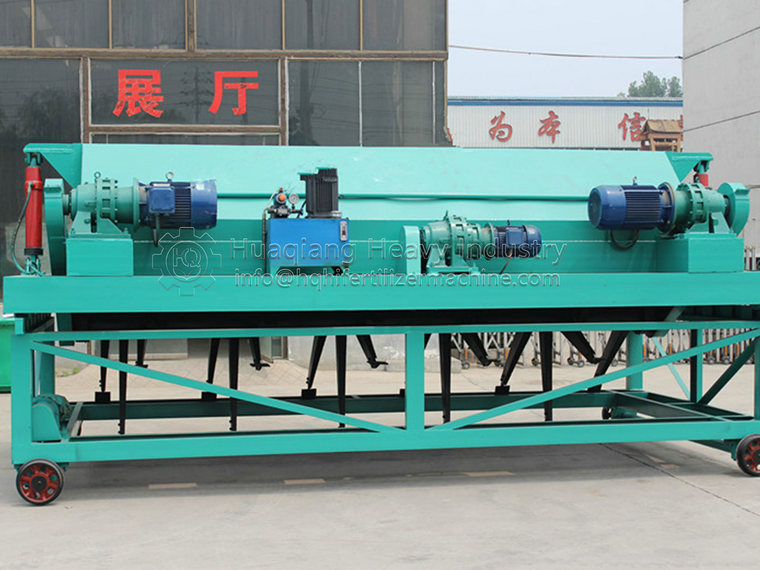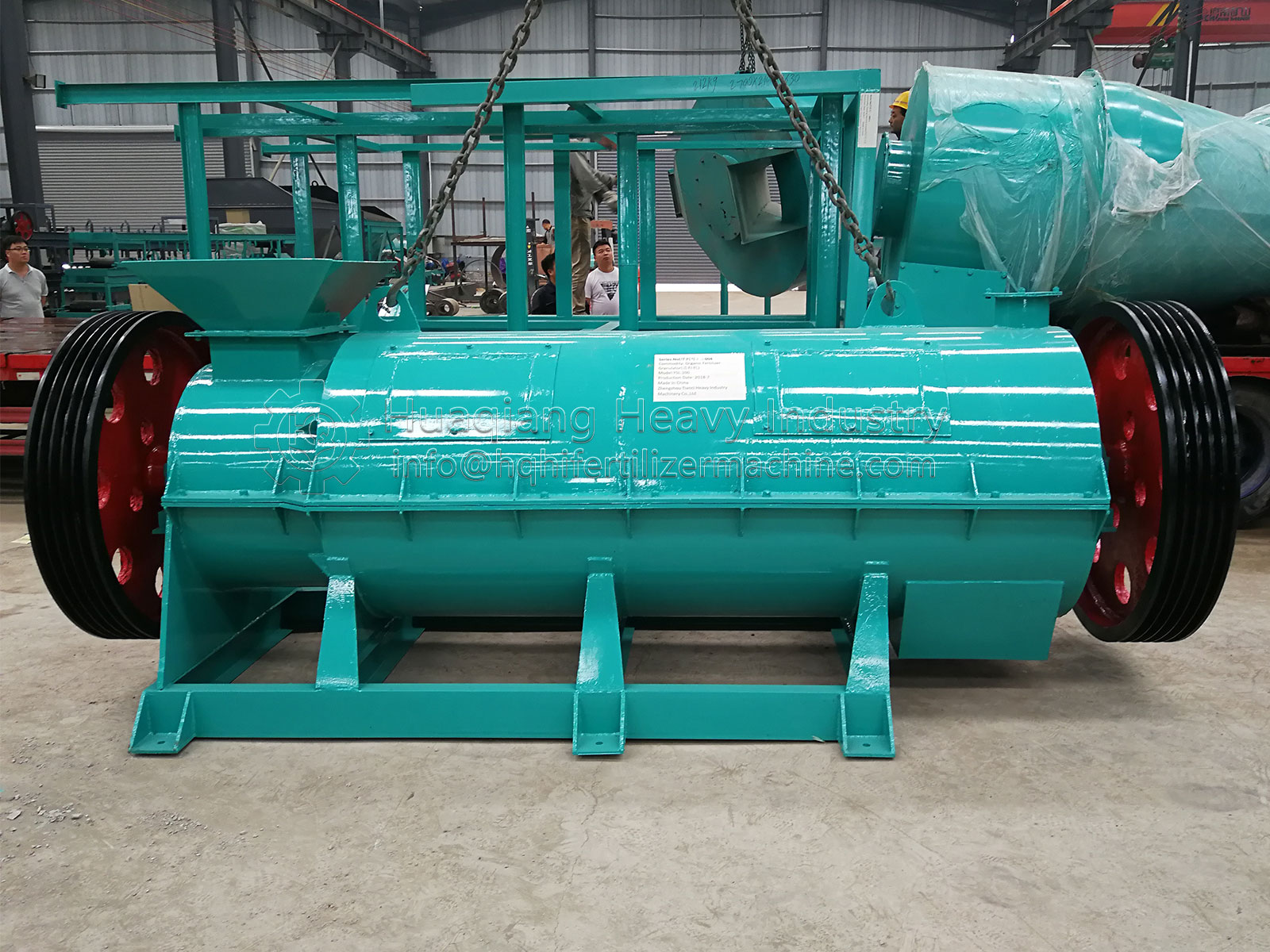Common problems in the fermentation process of chicken manure organic fertilizer compost turning machine
During the fermentation process of chicken manure organic fertilizer, especially when using an organic fertilizer turner for mechanized fermentation, some common problems may be encountered. Understanding these problems and their solutions is crucial for ensuring fermentation quality and efficiency:
Common problems and solutions
Fermentation temperature does not rise:
Possible reasons: The moisture content of the raw materials is too high, the aeration is poor, or there is a lack of sufficient microorganisms.
Solution: Adjust the moisture content of chicken manure to a suitable range (approximately 50% -60%), increase the frequency of ventilation and overturning, and supplement efficient fermentation agents if necessary.
Serious odor:
Possible reasons: Insufficient oxygen in the fermentation pile leads to anaerobic fermentation, or incomplete decomposition of certain protein substances.
Solution: Strengthen ventilation, increase the number of flips, and ensure sufficient oxygen inside the reactor; Adsorbents such as rice husks and sawdust can also be added to help deodorize.
Slow fermentation rate:
Possible reasons: Low environmental temperature and decreased microbial activity; Or the C/N ratio of the raw materials may be unbalanced.
Solution: Insulation should be provided in winter, and manual heating may be necessary; Adjust the raw material combination, add an appropriate amount of carbon source, and maintain a suitable C/N ratio (usually 20:1-30:1).
Poor effectiveness of finished fertilizer:
Possible reasons: incomplete fermentation and insufficient conversion of nutrients; Or excessive fermentation can lead to nutrient loss.
Solution: Accurately grasp the fermentation cycle, regularly monitor key indicators such as pH value and ammonia nitrogen, and avoid prolonged high temperatures.
Serious clumping of the heap:
Possible reasons: Improper water control or failure to loosen in a timely manner after fermentation.
Solution: Moderately adjust the moisture during the fermentation process, disperse immediately after fermentation is complete, and fully air dry.
Frequent equipment malfunctions:
Possible reasons: Improper operation and inadequate maintenance.
Solution: Regular maintenance, follow the manufacturer’s operating instructions, perform necessary cleaning and lubrication, and replace worn parts in a timely manner.
preventive measure
Regularly monitor various parameters of the fermentation environment, such as temperature, humidity, and oxygen concentration;
Strengthen employee training to ensure correct operation and maintenance of the organic fertilizer turning machine;
Select high-quality fermentation agents to improve the success rate of fermentation;
Maintain good hygiene in the fermentation area to avoid bacterial infections;
Adjust fermentation strategies according to seasonal changes to cope with the impact of extreme weather.
Through these targeted measures, it is possible to effectively prevent and solve potential problems that may arise during the fermentation process of chicken manure organic fertilizer turning machines, ensuring a smooth fermentation process and producing high-quality organic fertilizers.








